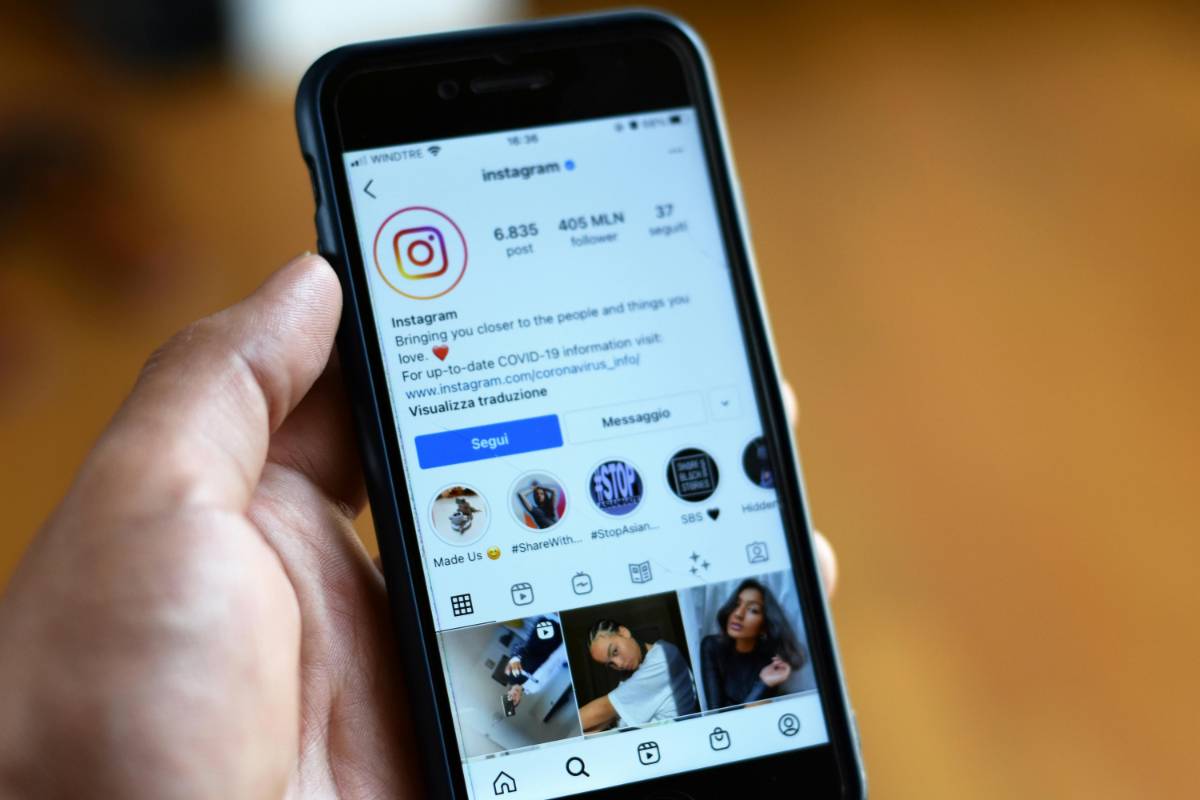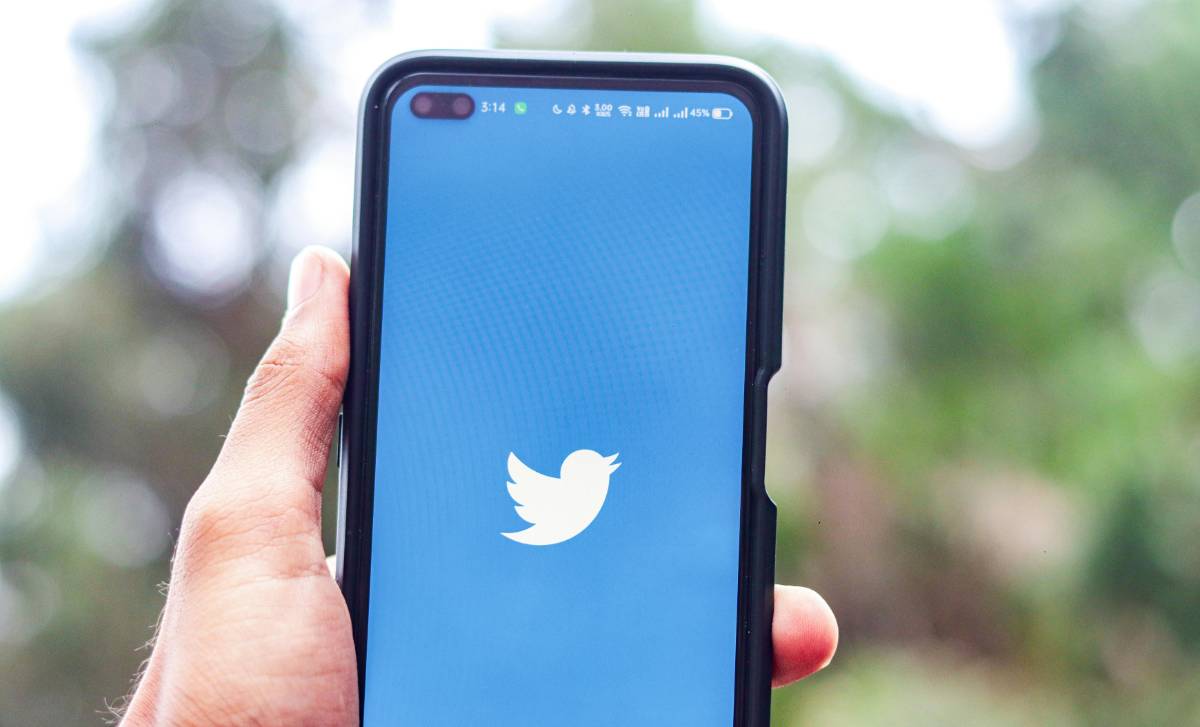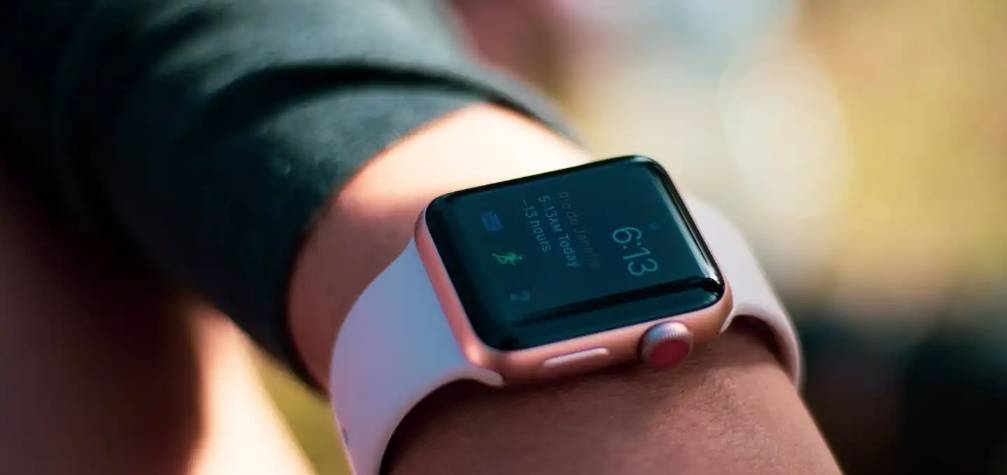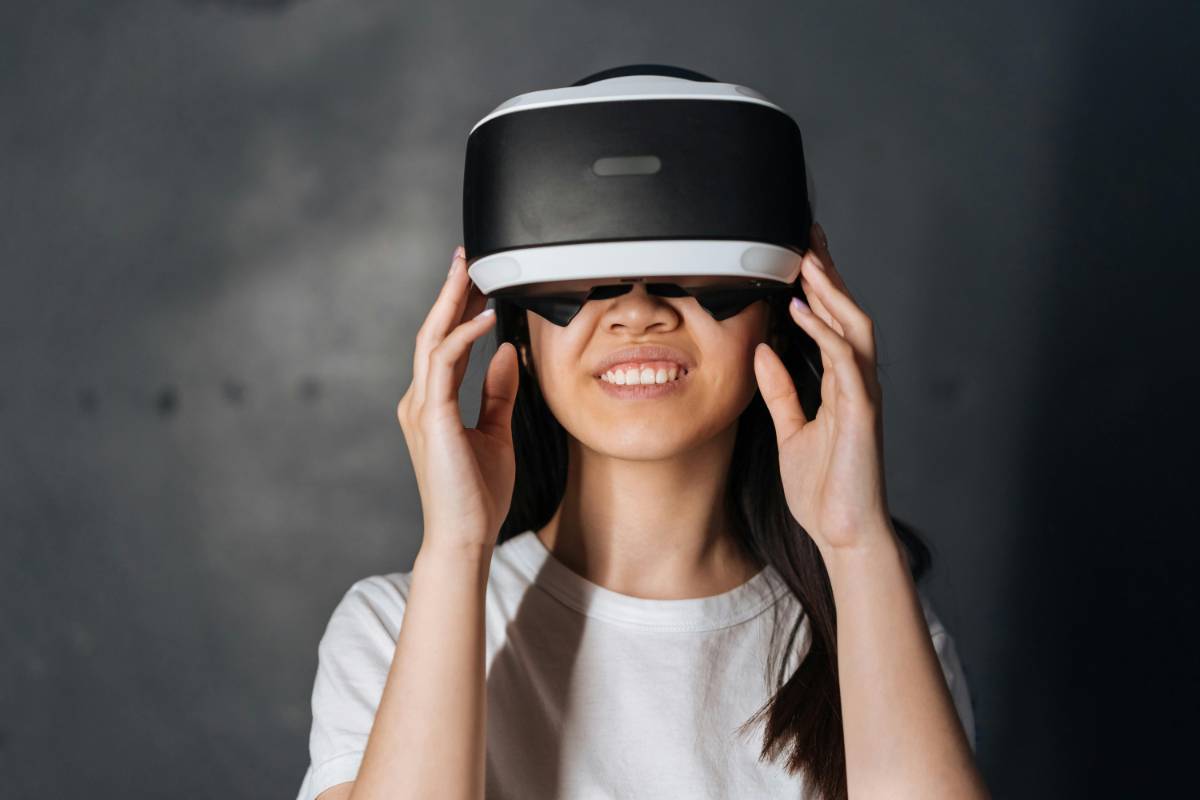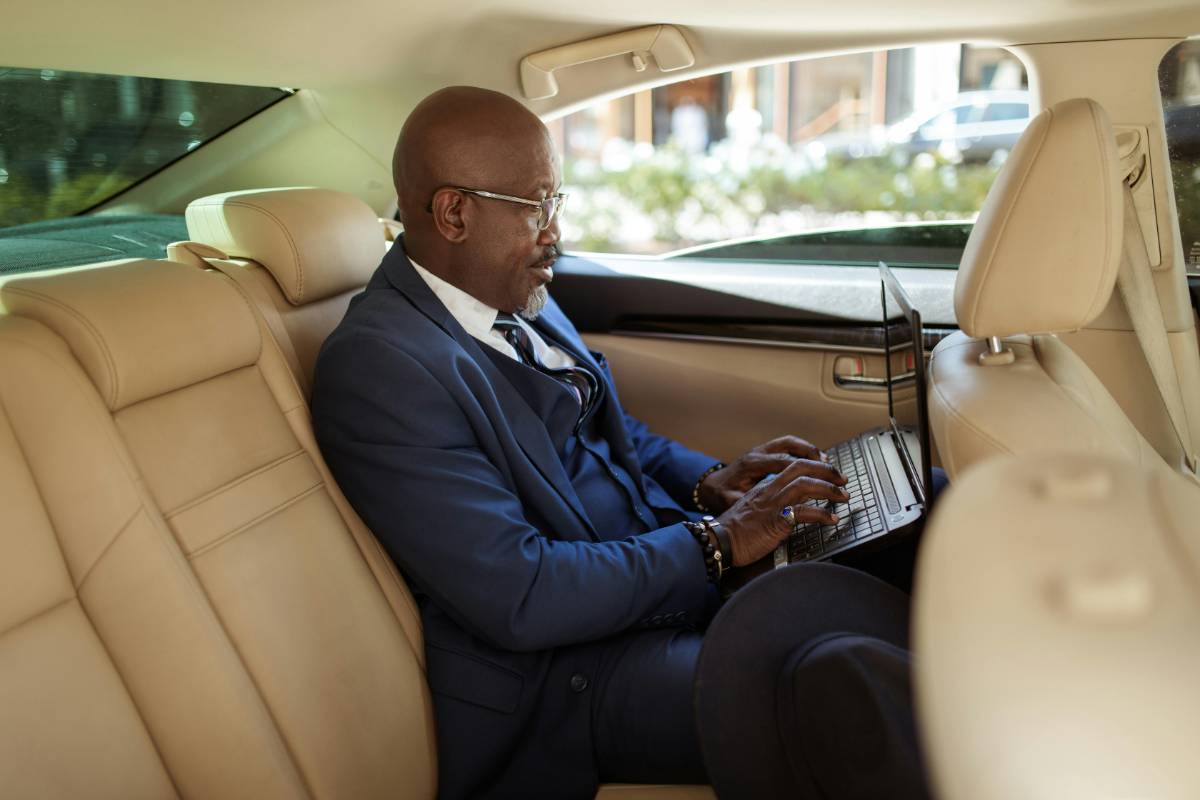Why Brands Are Shifting to Video-First Influencer Campaigns
11 Jun 2025
Read Time: 2 min read

Video content has become a dominant force in digital marketing, and brands are increasingly shifting to video-first influencer campaigns. The rise of video content is driven by its ability to capture attention, engage audiences, and drive results. Here’s why brands are prioritizing video in their influencer marketing strategies.
1. Enhanced Engagement and InteractionVideo content tends to generate higher levels of engagement compared to static images or text. Influencers who create compelling video content can captivate their audience, leading to more likes, comments, and shares. This increased interaction not only boosts the brand’s visibility but also fosters a deeper connection with the audience.
2. Better Storytelling OpportunitiesVideos allow for more dynamic and immersive storytelling. Influencers can showcase products or services in real-life contexts, demonstrating their features and benefits in a way that static content cannot. This storytelling ability helps consumers understand and relate to the brand on a more personal level, increasing the likelihood of conversion.
Video content is versatile and can be used across various platforms and formats. From short-form videos on TikTok and Instagram Reels to longer YouTube videos, brands can adapt their video content to suit different audience preferences and platform requirements. This versatility enables brands to reach a broader audience and maximize their impact.
💡 Discover More from Social-Media
Videos generally have higher retention rates compared to other content types. Viewers are more likely to watch a video in its entirety, which increases the chances of delivering the brand’s message effectively. This higher retention can lead to better brand recall and a stronger influence on purchasing decisions.
5. Improved Analytics and InsightsVideo content provides valuable analytics and insights into audience behavior. Brands can track metrics such as watch time, engagement rates, and viewer demographics, allowing for a more detailed understanding of how the content performs. This data helps brands refine their strategies and optimize future campaigns for better results.
6. Stronger Emotional ConnectionsVideos have the power to evoke emotions and create memorable experiences. Influencers can use video to convey brand messages in a way that resonates with their audience emotionally. This emotional connection can drive consumer loyalty and encourage positive word-of-mouth marketing.
7. Leveraging Trends and ChallengesVideo content allows brands to tap into current trends and challenges that are popular on social media. Influencers can participate in viral trends or create branded challenges that engage their audience and increase brand visibility. This trend-driven approach helps brands stay relevant and connect with consumers in real-time.
8. Enhanced Brand VisibilityVideos are highly shareable and can reach a wide audience when shared across social media platforms. Influencers’ video content can go viral, extending the brand’s reach and visibility beyond their immediate followers. This expanded exposure can significantly boost brand awareness and attract new customers.
Shifting to video-first influencer campaigns offers brands numerous advantages, including enhanced engagement, better storytelling, increased content versatility, and improved analytics. By leveraging the power of video, brands can create compelling content that resonates with their audience, drives results, and strengthens their market presence. As video continues to dominate the digital landscape, prioritizing video content in influencer marketing strategies will be essential for achieving success in 2024 and beyond.
Stay Informed
Get the latest and most accurate news delivered straight to your inbox. Subscribe now and never miss an update.

James Carter
An insightful voice in the industry, crafting content that informs, inspires, and connects with readers.
View all articles →
